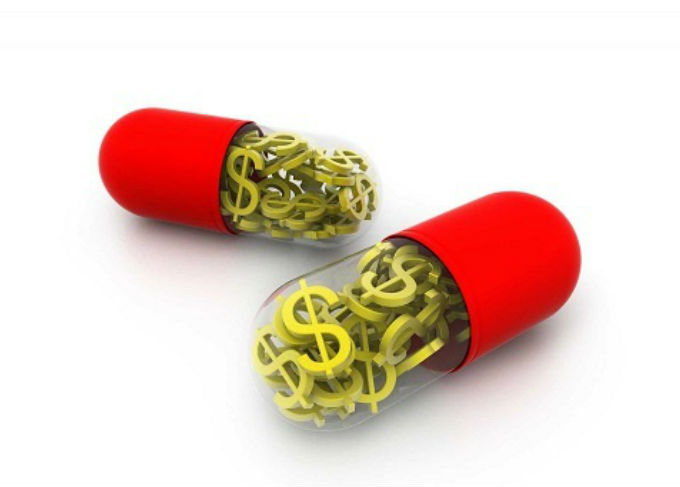Specialty drugs have been one of the bright spots in the Pharmaceutical industry, accounting for nearly 30 percent of total Pharmacy spend on the commercial side in 2013 despite accounting for less than 1 percent of all US prescriptions. Spending on specialty drugs increased 14.1 percent that year. At the same time, spending on six of the top 10 traditional therapy classes dropped, primarily because of lower unit costs.
Overall, specialty drug spending is expected to more than quadruple by 2020, CSV Caremark predicts, accounting for about $402 billion a year in sales.
Entering ‘Money-Back Guarantee’ Era
Nevertheless, as Dr Koop famously stated, “Drugs don’t work in patients that don’t take them”. Patient adherence to all drug categories is notoriously low. Pharma companies currently face an even bigger challenge. Not only must the drug work in everyone it is indicated for, but Pharma must now take responsibility for patients actually taking their drugs so that this barrier to effectiveness is also overcome.
Conclusion
To combat the risk of significant revenue loss from these drugs, manufacturers need to determine pricing and marketing based on more than just recouping research investment and hitting profit goals.
Analytics must include combining efficacy, patient efficacy outcomes, value and patient adherence to determine optimal pricing. The only analytics I can see capable of doing this effectively are Artificial Intelligence powered Pharma analytics… and we know where to get that.
Found this article interesting?
To learn more about how Eularis can help you find the best solutions to the challenges faced by healthcare teams, please drop us a note or email the author at abates@eularis.com.

